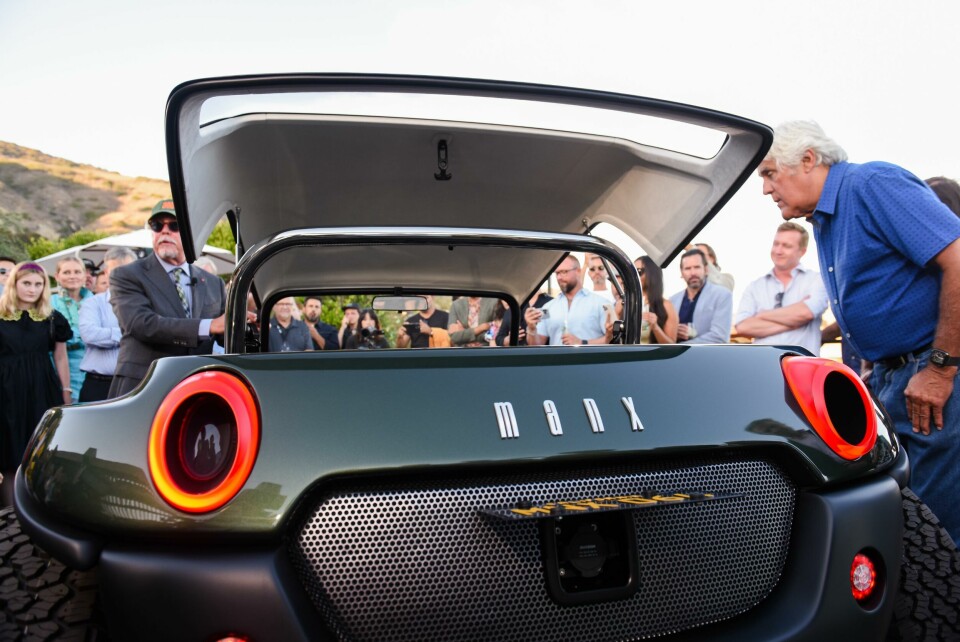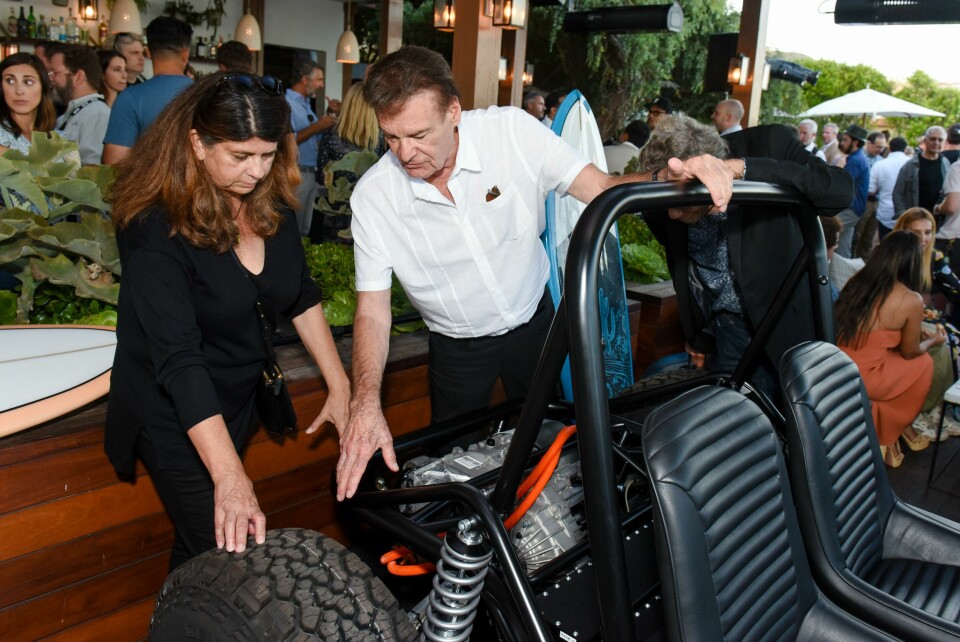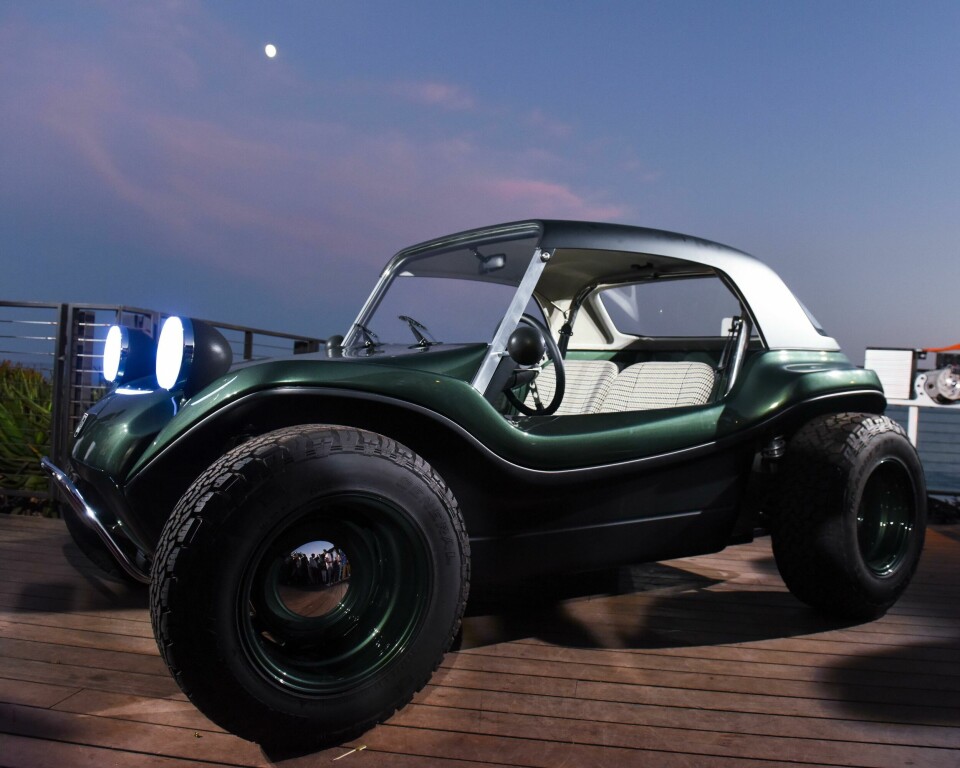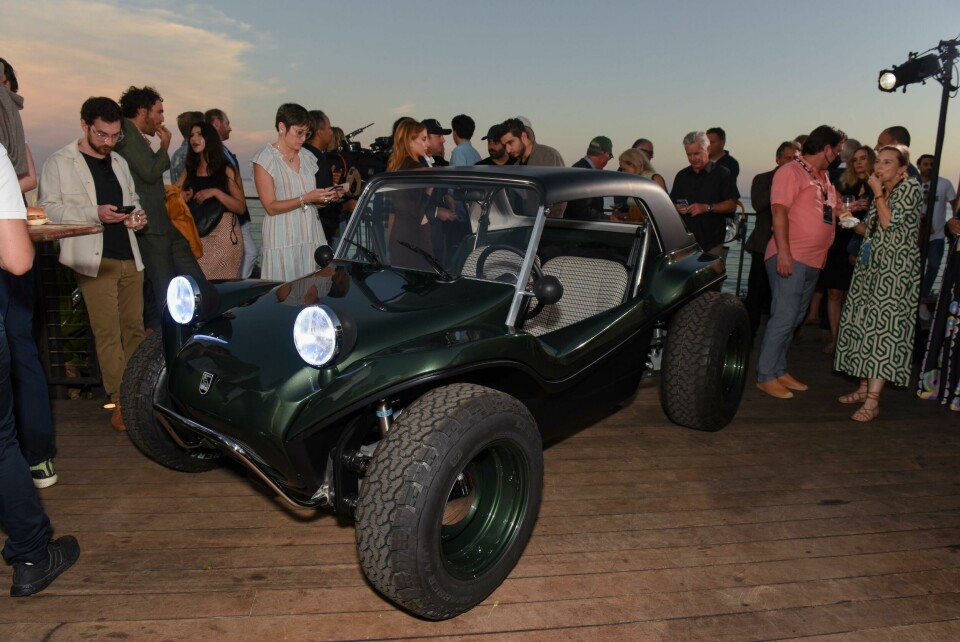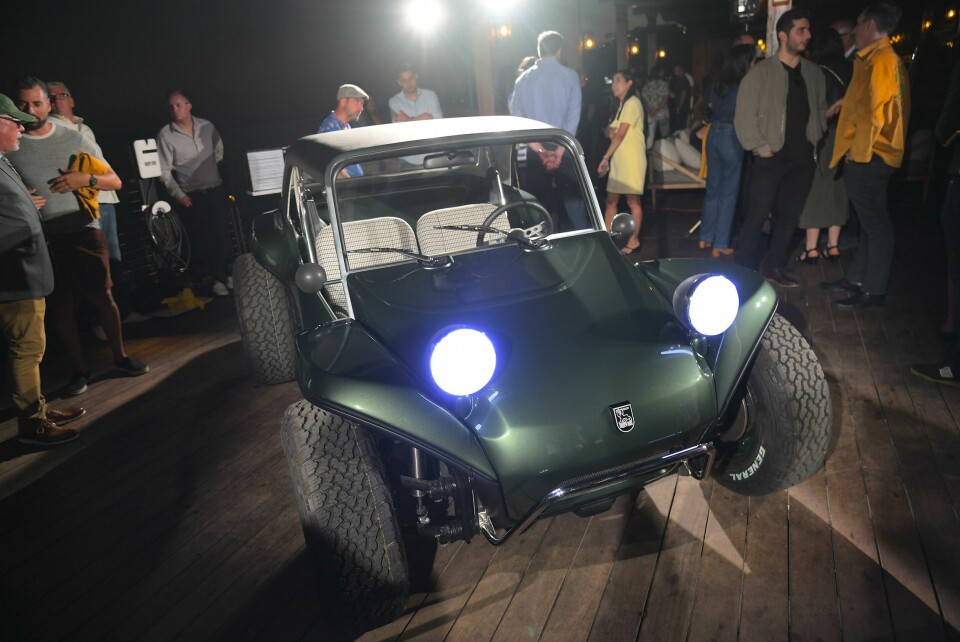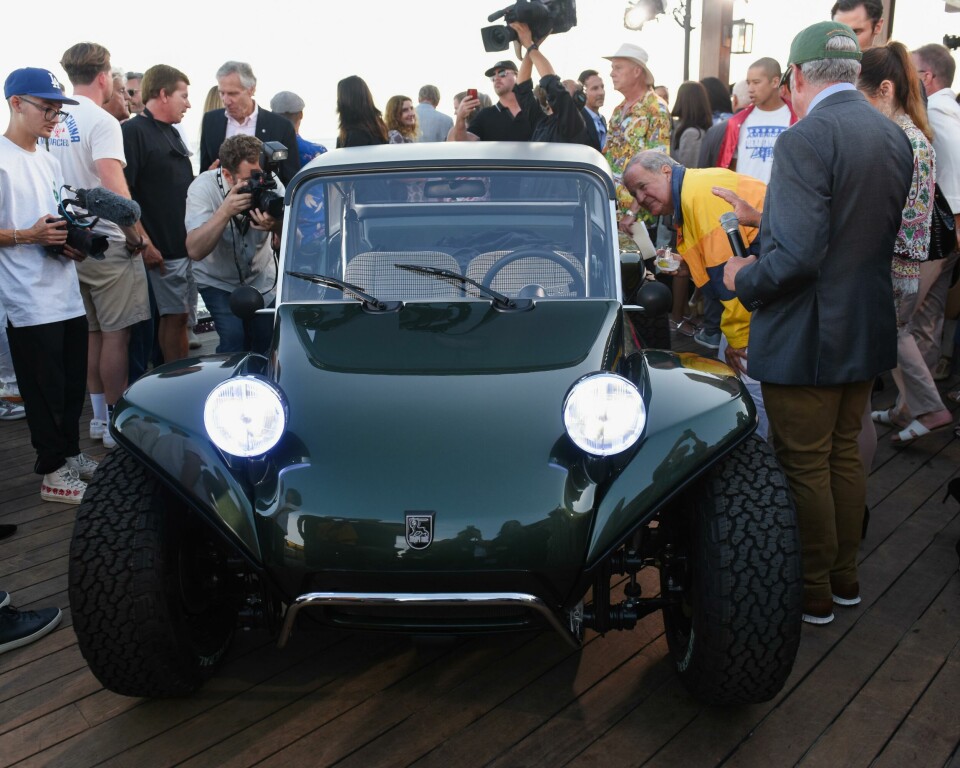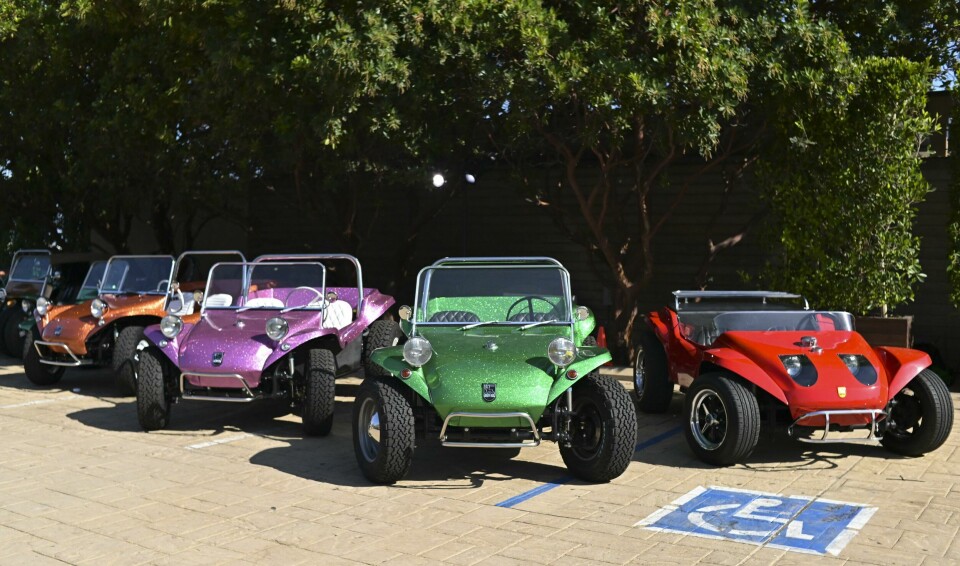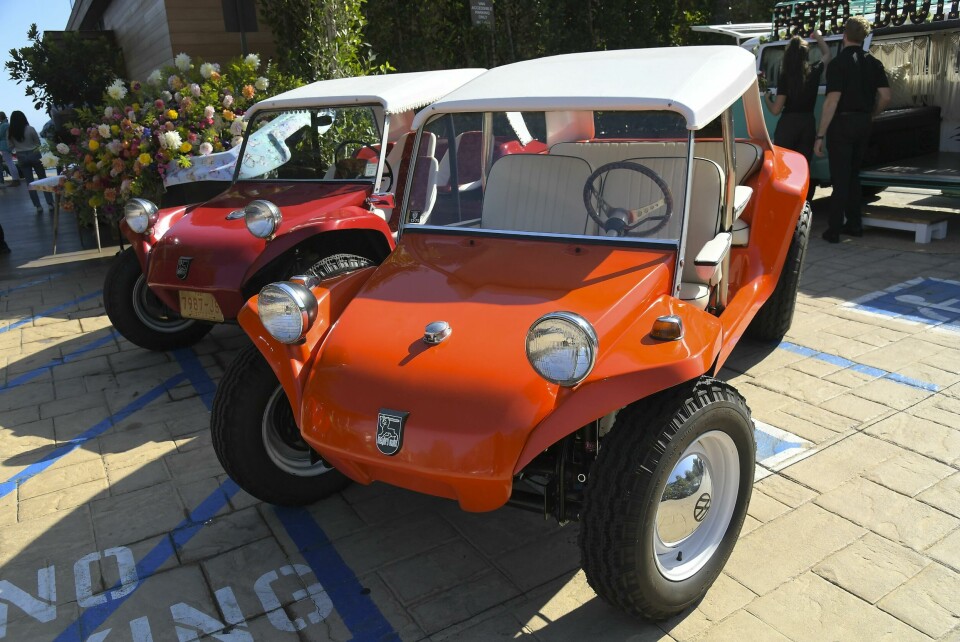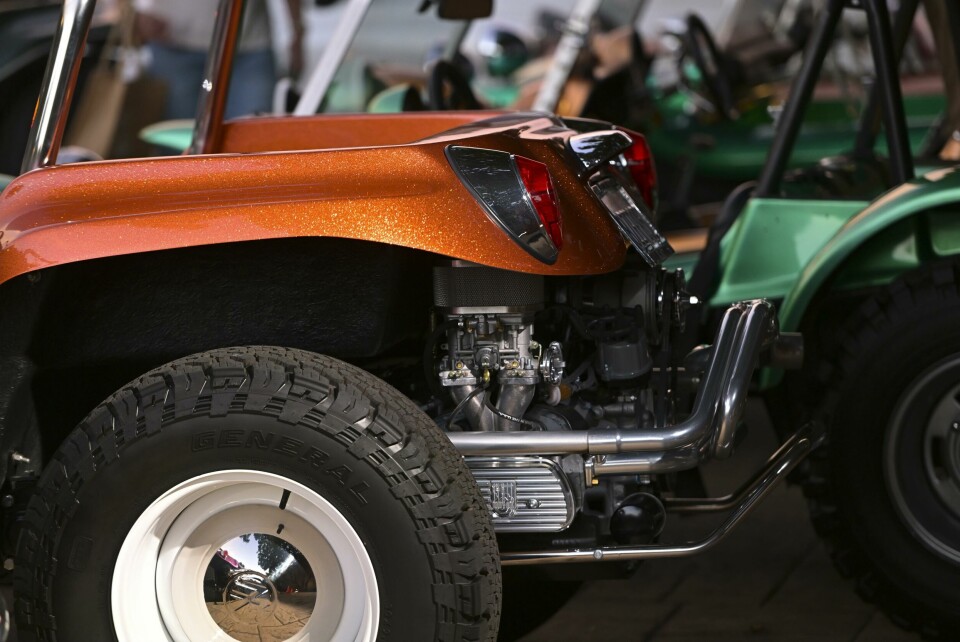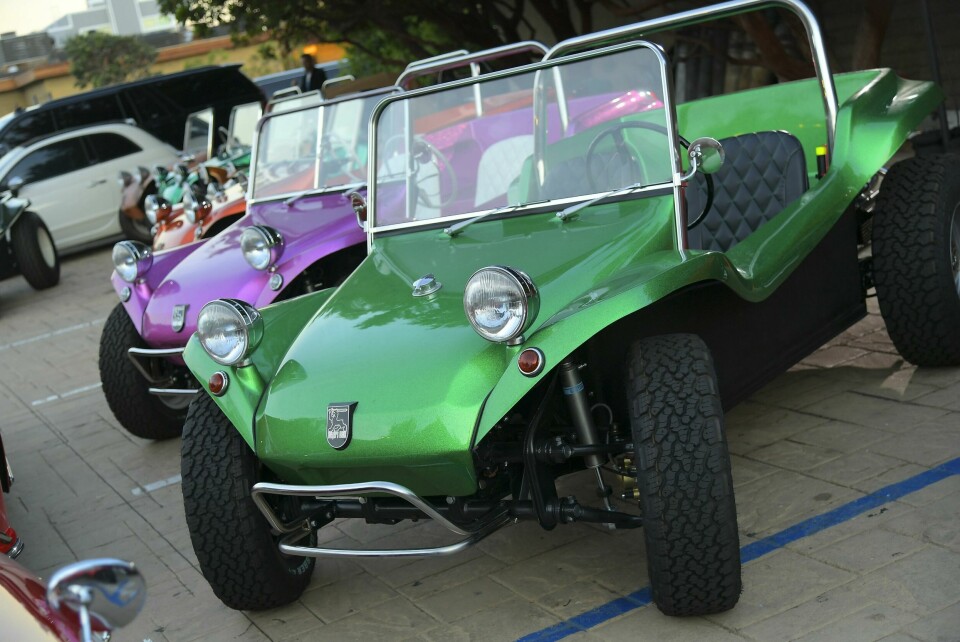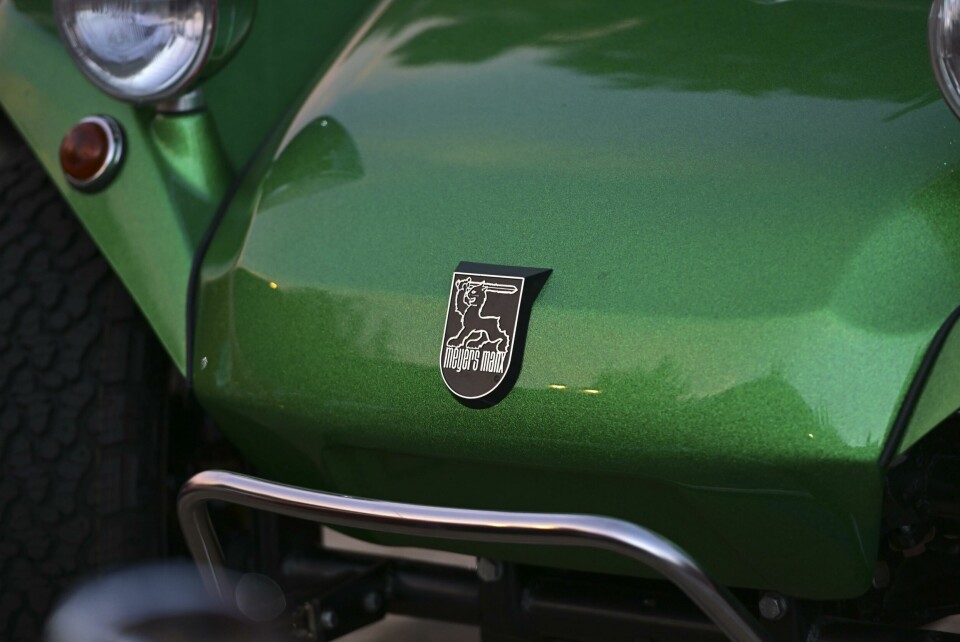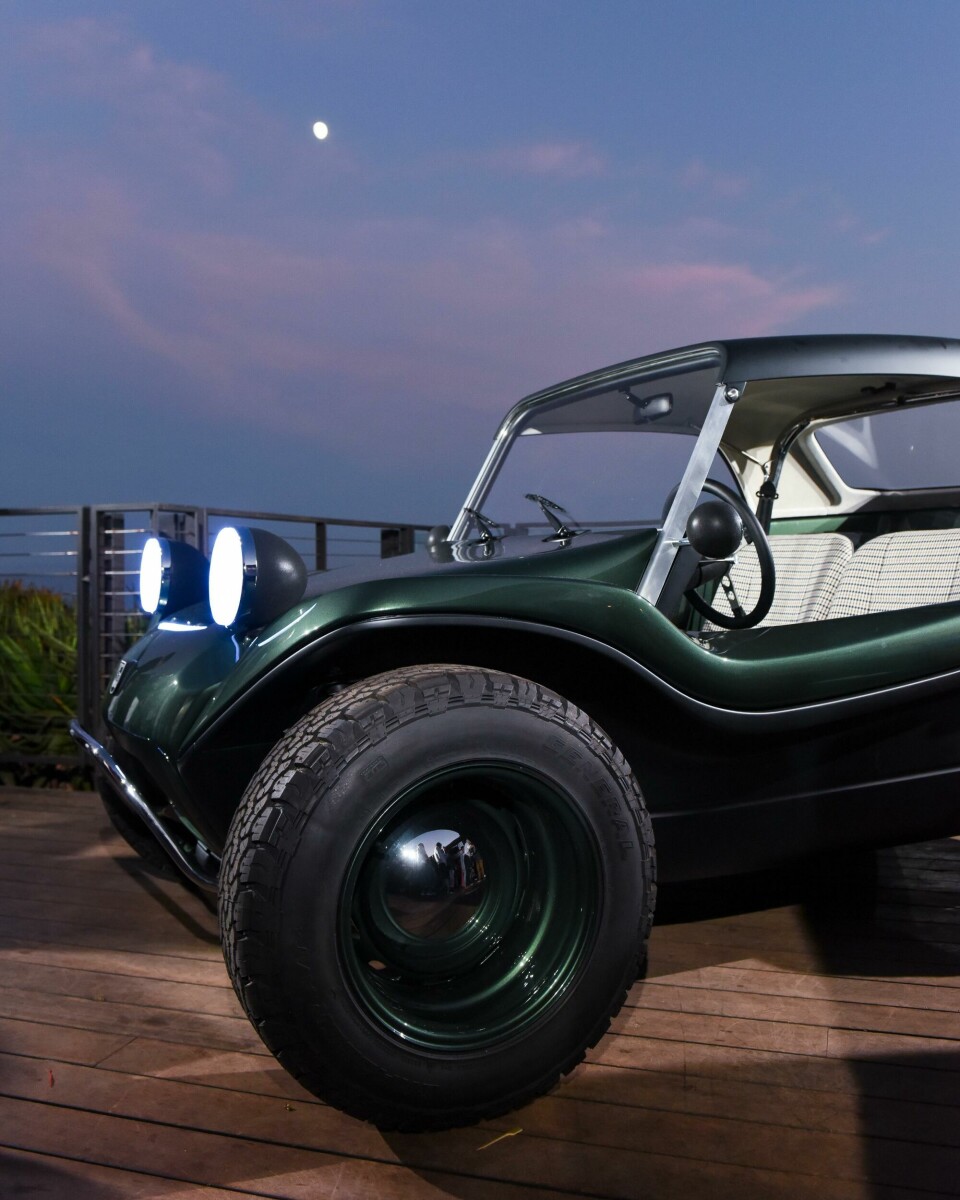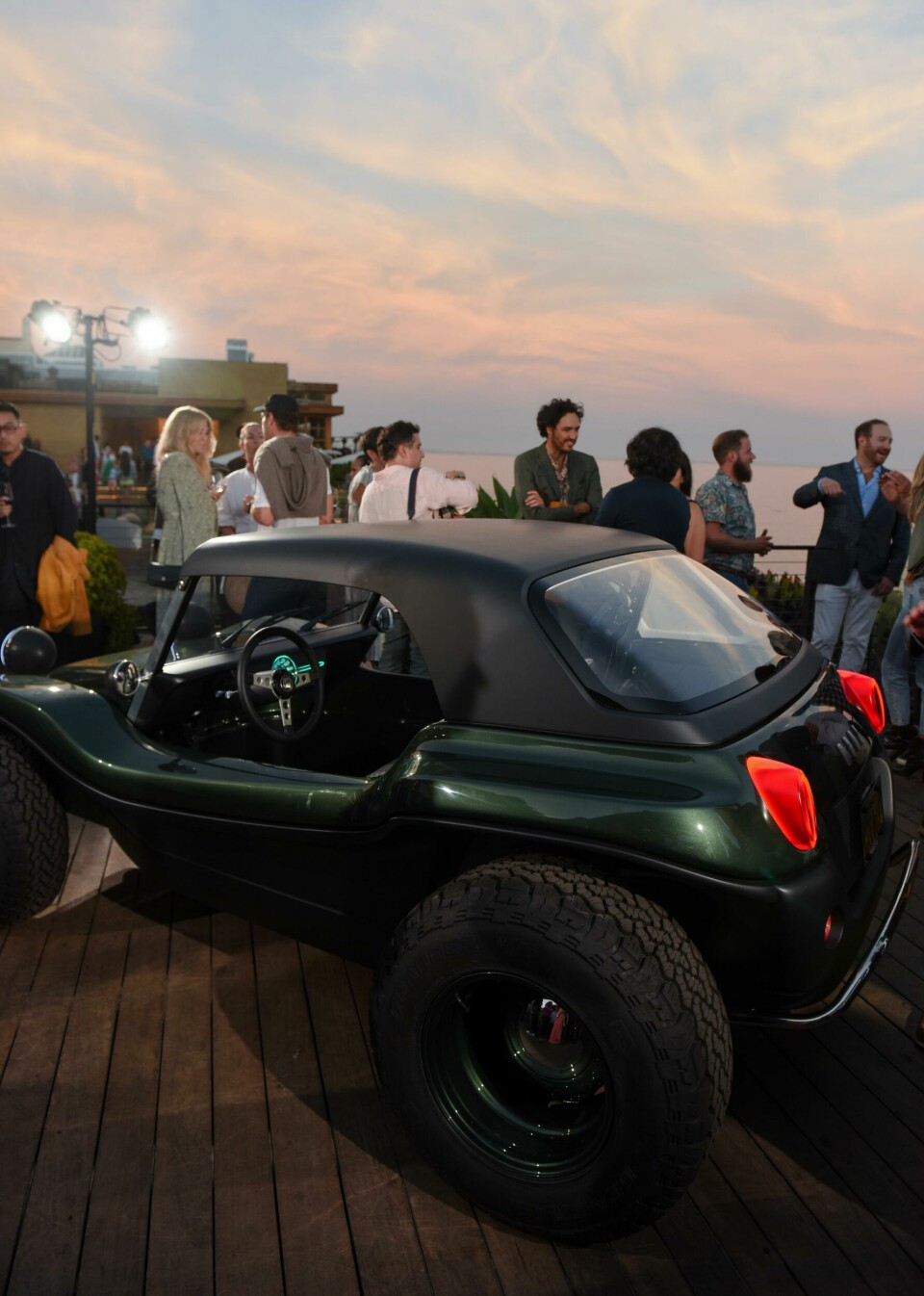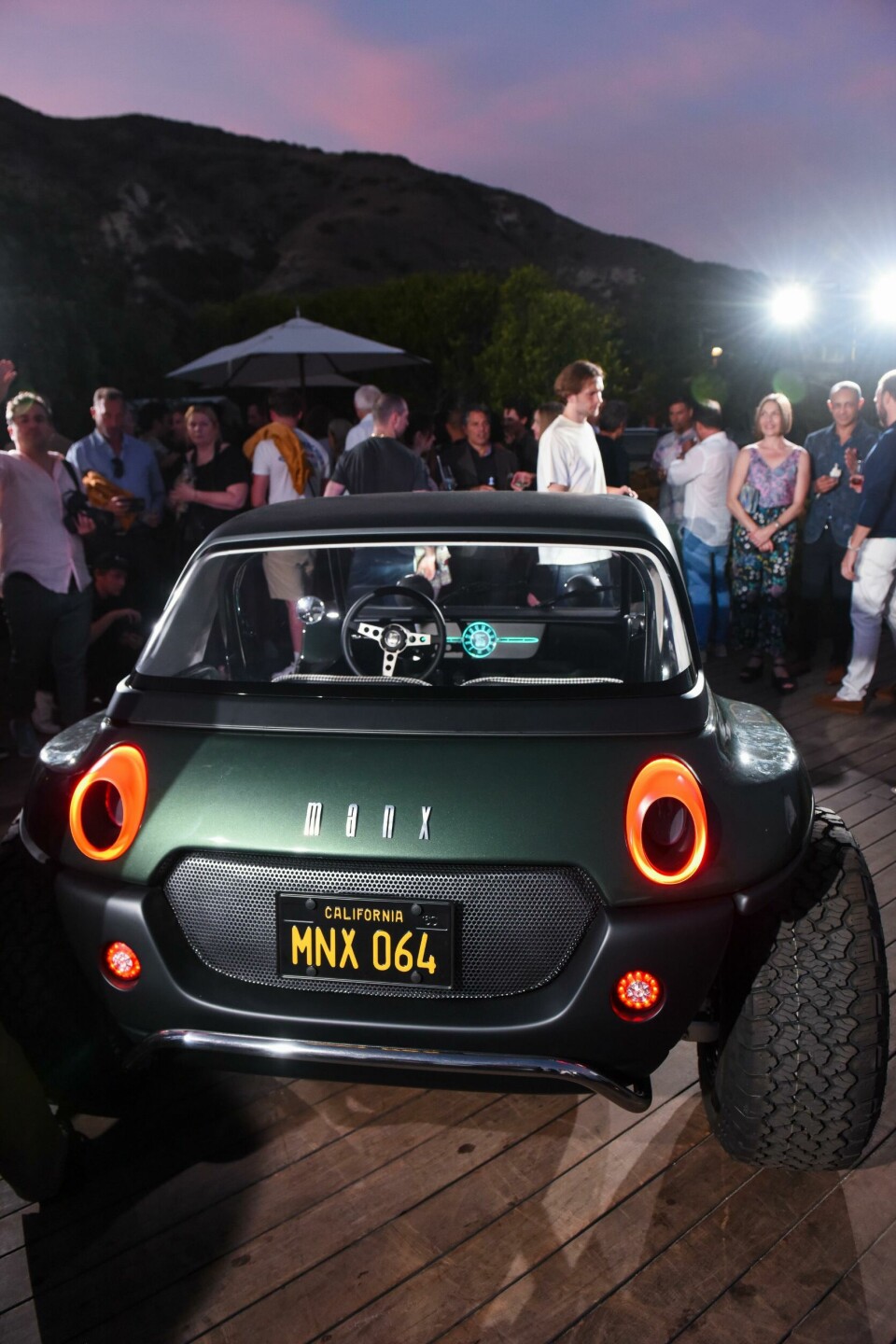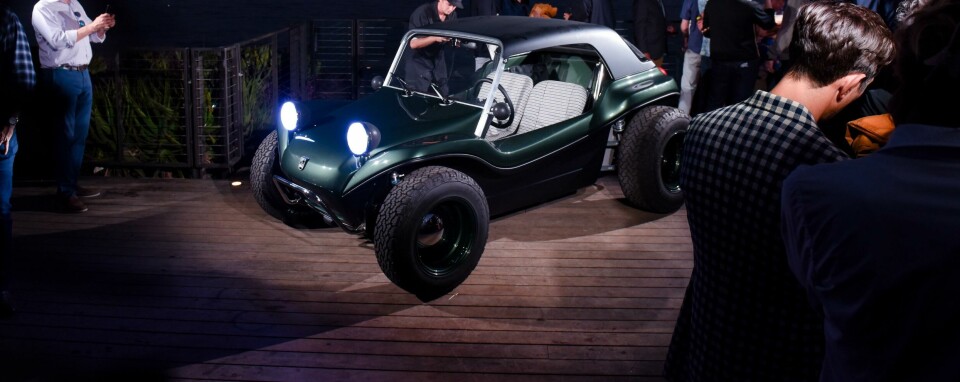
The Meyers-Manx 2.0 is a modern EV with old-school attitude
Designer Freeman Thomas gives North American correspondent Laura Burstein the scoop on the resurrected dune buggy and reveals some Porsche-inspired design cues
The famous off-road buggy from the 1960s has been resurrected into a modern, electric car thanks to designer Freeman Thomas and company. “The Meyers Manx is really about driving fun,” Thomas says during the car’s debut at Soho House in Malibu, as guests sip cocktails at twilight on a deck above the shores of the Pacific Ocean.
It doesn’t get much more California than the street-legal dune buggy, created by the late engineer, boat builder and surfer Bruce Meyers. In 1964, Meyers debuted his prototype, “Big Red,” built on a shortened Volkswagen Beetle chassis with an open top and a fibreglass unibody shell.
Meyers went on to build several versions of the kit car, retaining the flat-four VW engine and other mechanicals, and in 1967 the Manx claimed victory at the Mexican 1000, the precursor to today’s Baja 1000. The fun little car with big tyres and agile handing spurred dozens of copycats, and before long a new genre became cemented in SoCal culture.
Meyers, a frequent visitor to the Art Center College of Design in Pasadena who often brought the Manx to the annual Art Center Classic car show, sold his company in 2020 to venture capitalist Phillip Sarofim (who, among other things, owns the iconic Lancia Stratos HF Zero concept car). Thomas, an Art Center alum and former Porsche, VW, and Ford designer who penned everything from tractors to sports cars, was named Chief Creative Officer. Only a few months after the sale, Meyers died at age 94.
But his legacy lives on with the Meyers Manx 2.0, which joined a row of vintage Manxes and Porsche 356s at the reveal. As with the original, the new Manx uses a full monocoque chassis, built from composite, with a full carbon-fibre option. The removable hard top lifts as a single unit, and Thomas tells us different roof systems will be available.
A pair of electric motors on the rear axle — one for each rear wheel — powers the car, for a total output of 202 hp. The standard 20-kWh battery pack can achieve up to 150 miles of range, and an optional 40 kWh pack offers up to 300 miles.
Thomas points out the completely flat floor, a design improvement over an earlier prototype, due to more efficient battery packaging. “Just the size and the weight of the car is the most disruptive part about it,” he notes. “We haven’t changed the size one bit from the original Meyers Manx. If anything it’s more compact, because it doesn’t have the engine hanging out the back.”
“Every single bolt and part has been considered on this car”
While at first glance the Meyers Manx may look like another VW-based kit car, Thomas says everything on the 2.0 will be original (a VW front suspension on the prototype we saw will be changed, he promises). But there are still plenty of nods to the classic. “If you look at all the original Manxes, we wanted to make the frunk without any shut lines, so that was a real challenge,” Thomas tells us.
“The tail lights remind you of the original Manx lights but they’re all new, LED and modern. Then you see the body side, how lively the form goes and how it’s finished on the bottom and then with the lower cladding.” Thomas shows his flair for industrial design in the small details, like the flip-up license plate frame that reveals the rear charging port underneath. “Every single bolt and part has been considered on this car,” he says.
If the paint color looks familiar, that’s because it’s Oak Green Metallic, a Porsche factory color introduced in the 1970s and now a Porsche Paint-to-Sample (PTS) shade. The fabric upholstery is reminiscent of Pepita, another beloved design element of 1970s Porsches. “Because of the whole Volkswagen and Porsche culture that’s built around it, we know there are people who are going to want this,” says Thomas, himself not only a former Porsche designer but co-founder of R Gruppe, an elite, California-based club whose owners boast early Porsches built up until 1973.
The interior of the Manx 2.0 is clean and simple, with a single round central display that Thomas says will be enabled with Apple CarPlay and Android Auto. “The smart screen is designed so it doesn’t distract you when you’re driving,” he says.
Company execs say they will be partnering with a “US-based manufacturing entity” to bring the Manx 2.0 into production, with final assembly somewhere in California. The company plans to deliver its first 50 vehicles to select customers sometime next year. Meanwhile, the prototype we saw in Malibu will be on display during the upcoming Monterey Car Week, debuting publicly at the Quail, a Motorsports Gathering, on the Friday before the Pebble Beach Concours d’Elegance.
